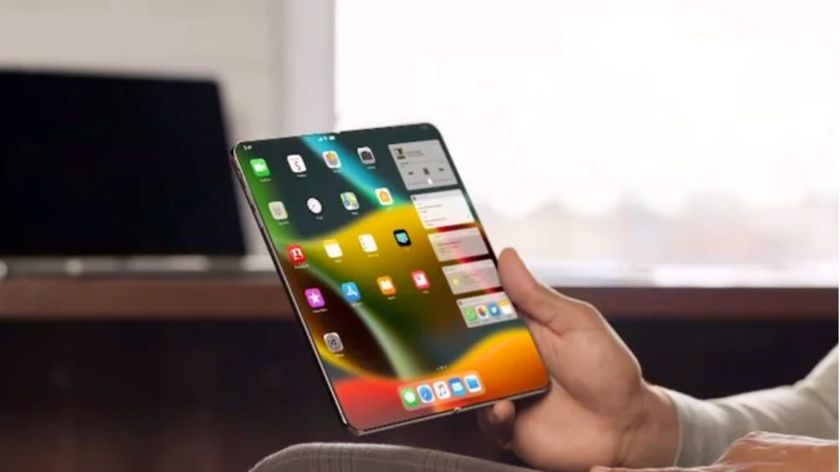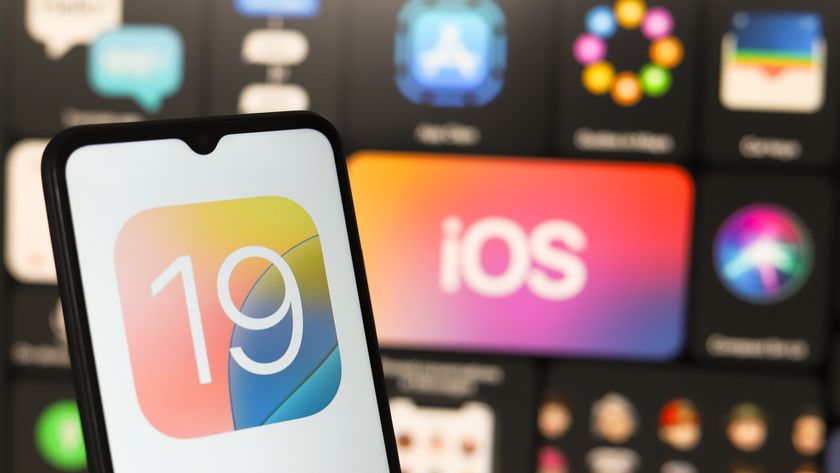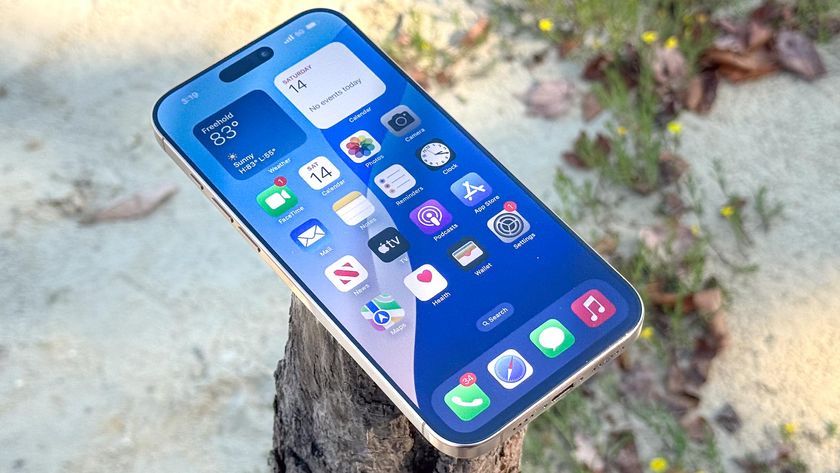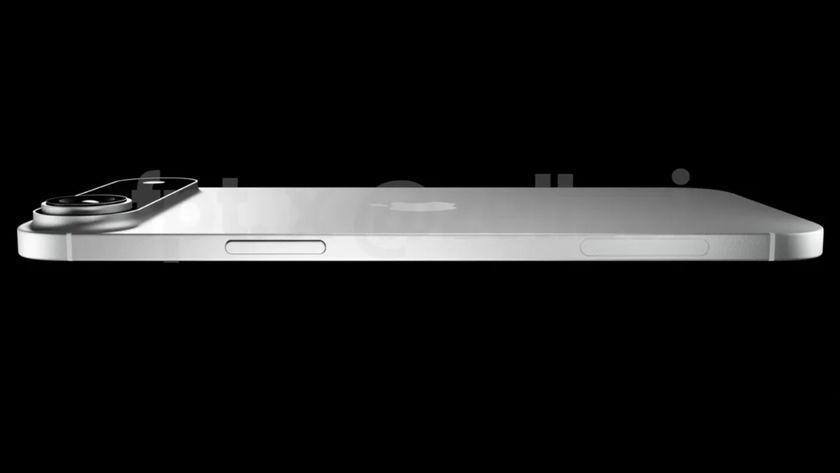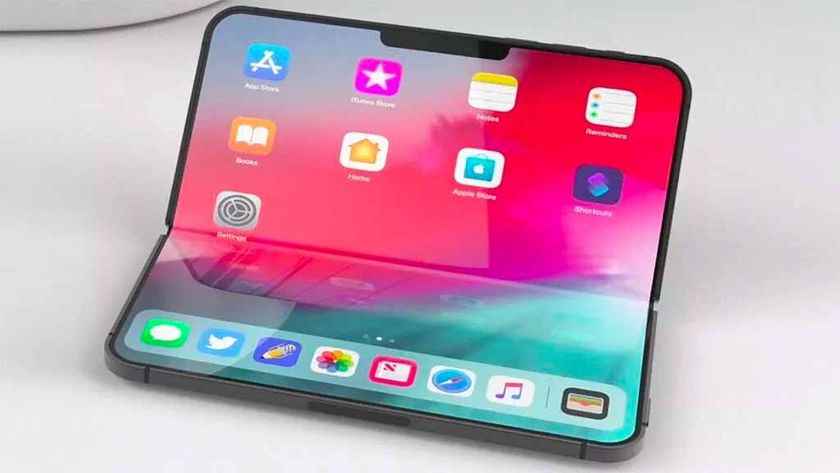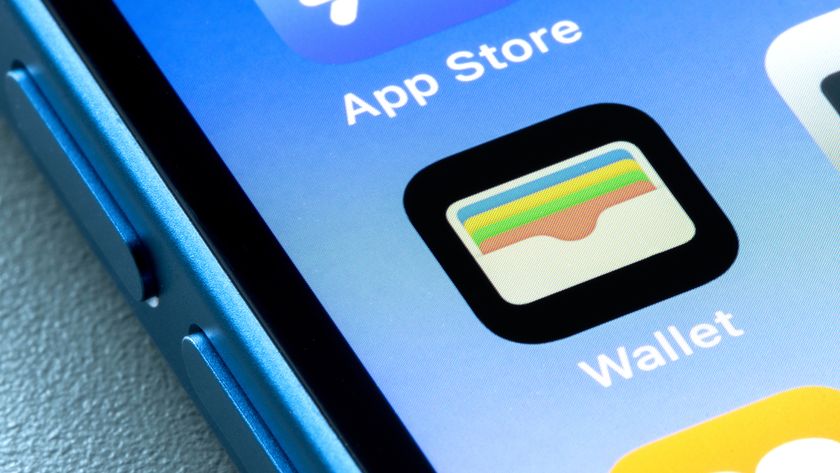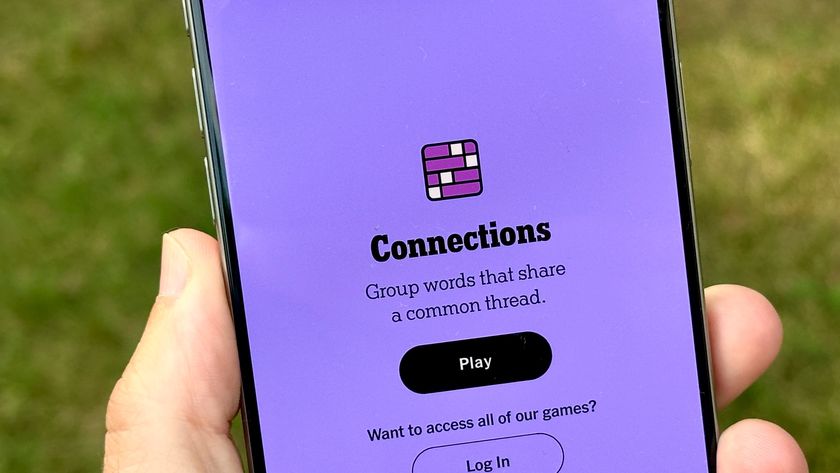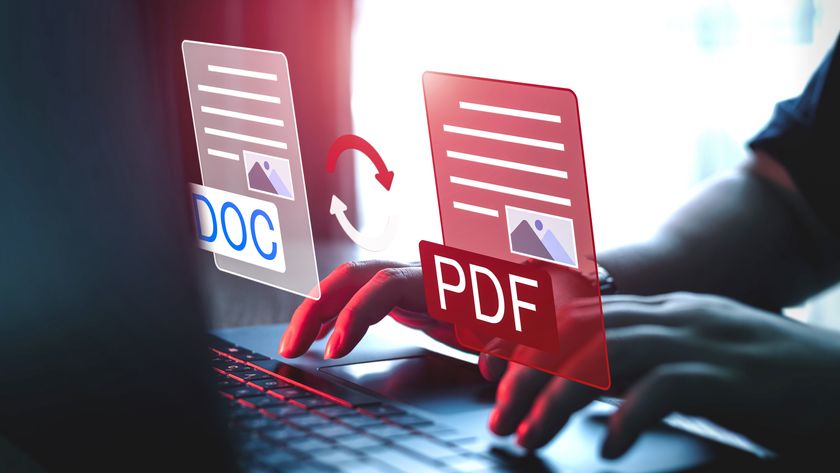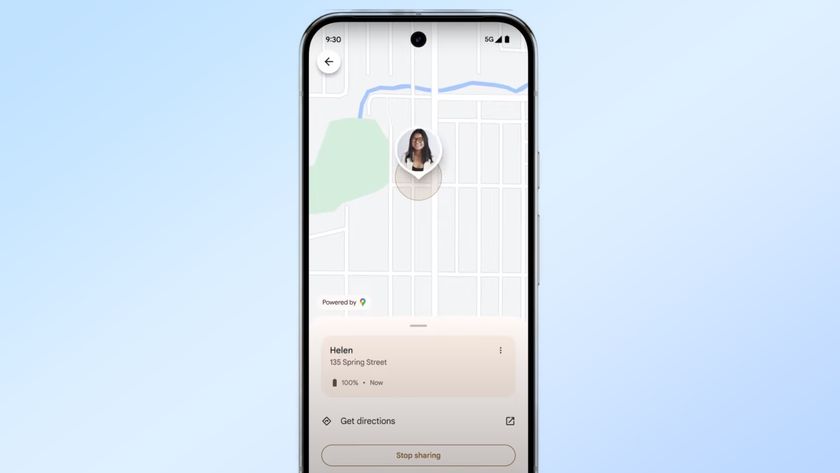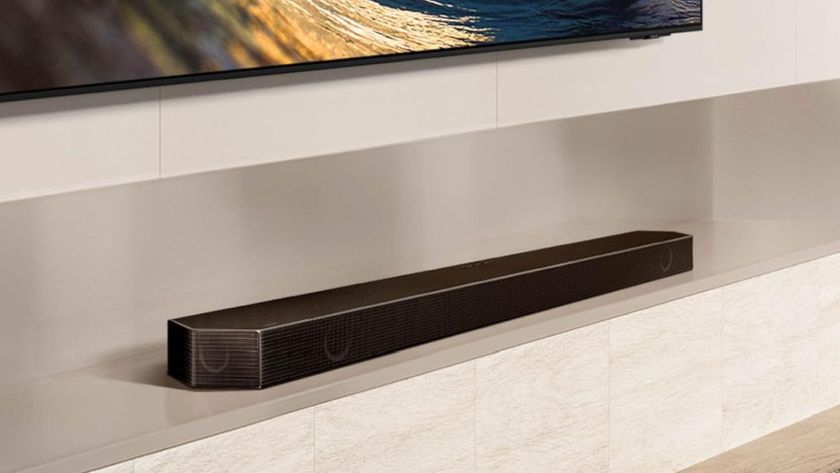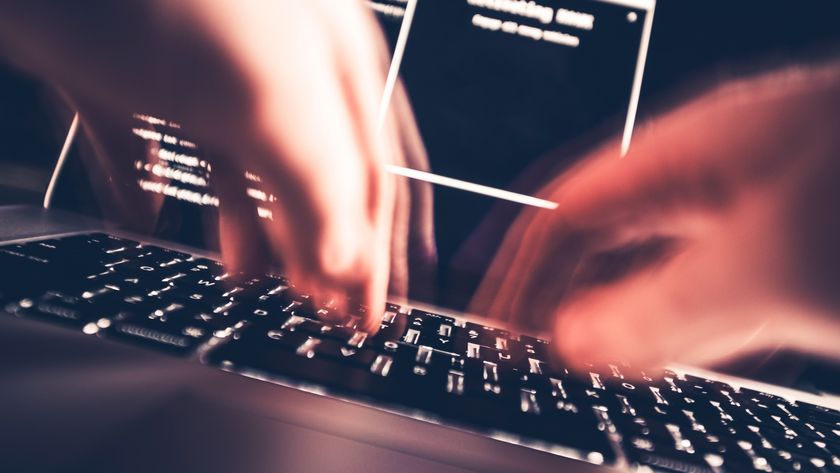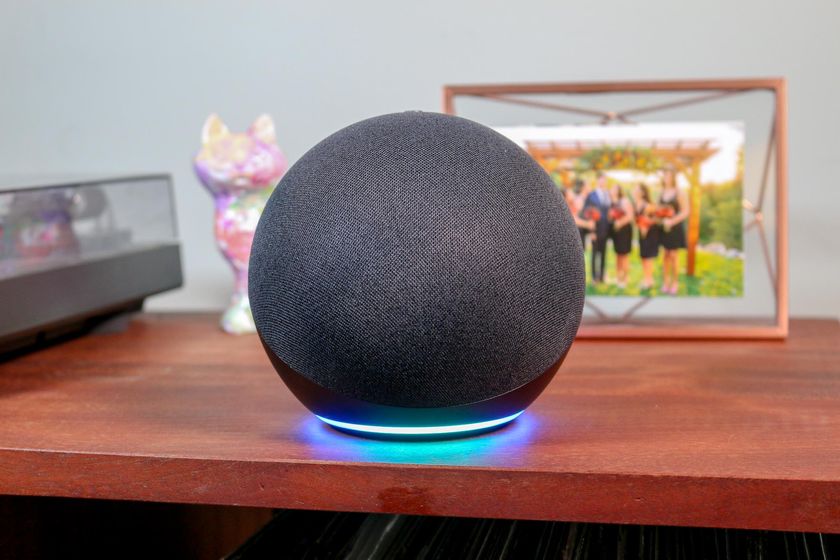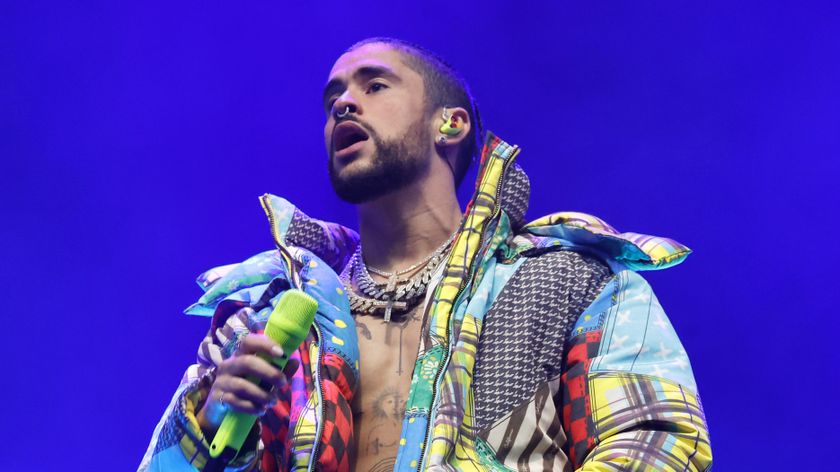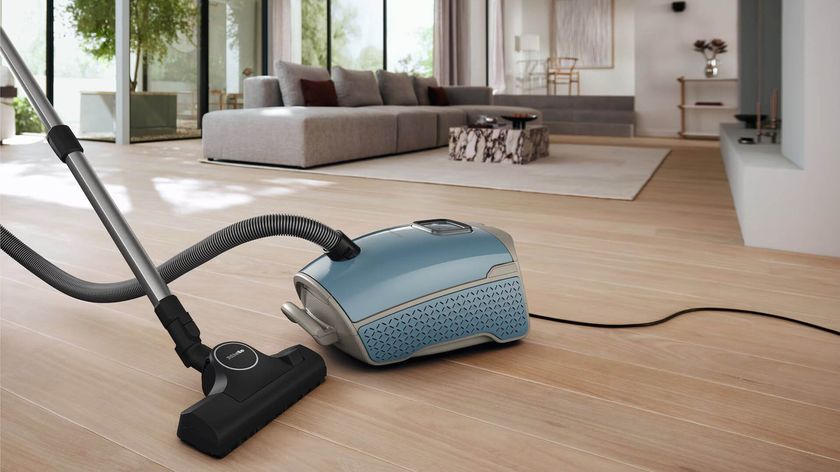Buying iPhone 12? Here are 6 things to know about 5G
The iPhone 12 is the first iPhone with 5G, but it's important to separate the hype from the reality
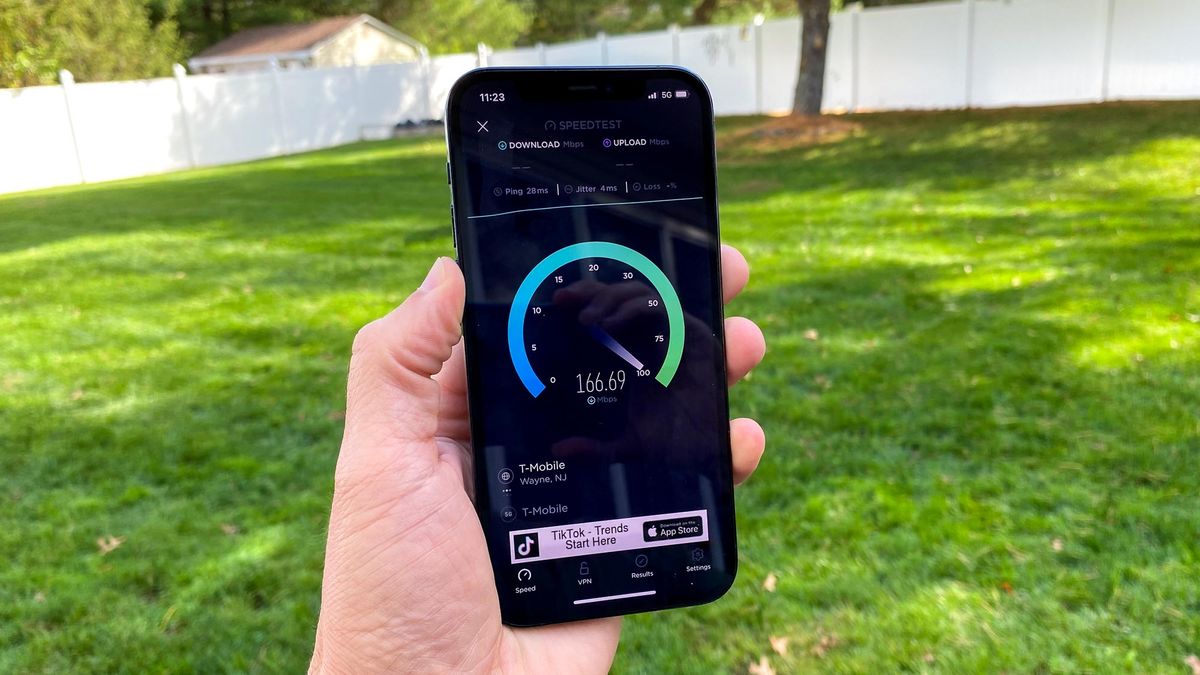
The arrival of the iPhone 12 marks a milestone for Apple. It's the first time the company has released a 5G phone — and it's releasing four of them, since every iPhone 12 model offers 5G connectivity.
That's big news for the wireless industry as well, which has been hyping the arrival of faster 5G networks for years. With one of the most popular smartphones in the world now able to connect to 5G and every major US carrier offering nationwide coverage, this feels like the moment 5G will have arrived for most people, delivering the future of mobile connectivity.
- iPhone 12 review: Our verdict is in
- See our full iPhone 12 Pro review
- Just in: Apple selling defective iPhone 12 cases
And while it has, a lot of iPhone 12 users are about to discover that the future feels a lot like the present.
5G will bring a lot of benefits to users down the road, not the least of which is better overall performance. But even with all the progress 5G has made since the initial networks went live more than a year ago, we're still not at the point yet where the reality lives up to the hype. So before you fire up that iPhone 12, it's important to have realistic expectations about what 5G actually means for your new phone.
Here's what to expect the first time you see that "5G" label appear next to the cellular bars on your iPhone 12 screen.
Your 5G speeds are not going to be that great
During the iPhone 12 launch, Verizon CEO Hans Vestberg joined Apple CEO Tim Cook to share some eye-popping numbers about Verizon 5G. Peak 5G speeds on Verizon's network topped 4 Gbps under ideal conditions, while upload speeds can get as fast as 200 Mbps. Suffice it to say, that's a lot better than the LTE speeds you're probably used to.
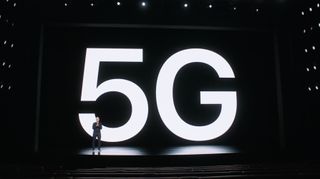
But the key phrase in that last paragraph is "under peak conditions." The upper speed ranges network carriers rarely appear in everyday use, at least if our 5G testing is anything to go by.
Sign up to get the BEST of Tom's Guide direct to your inbox.
Get instant access to breaking news, the hottest reviews, great deals and helpful tips.
For our iPhone 12 Pro review, we saw peak speeds of 177 Mbps for downloads and 26.9 Mbps for uploads when testing the phone in New Jersey on T-Mobile's network. That's better than LTE performance for that same area, but not that much.
The reality is that the vast majority of 5G coverage right now has been built using sub-6GHz spectrum. That allows 5G signals to travel far and wide, so that each major US carrier can now boast coast-to-coast coverage. But sub-6GHz 5G can only go so fast.
Another technology, millimeter Wave (mmWave) provides the faster speeds Verizon's Vestberg was touting, but those signals don't reach as far, and they have trouble penetrating physical obstructions like walls and windows. To benefit from mmWave's faster performance, you have to be in sight of a mmWave node, which means you're either outside or in a building like an arena or airport where a 5G tower's been installed. Otherwise, any speed gains you experience will be modest ones.
The fastest 5G is at Verizon right now — with a catch
No one will dispute that if you're looking for fast download speeds, Verizon's 5G network ticks that box. The latest report from testing firm Ookla found that Verizon's 5G speeds reached 792.5 Mbps during the third quarter, blowing other wireless carriers away. (AT&T had the next fastest 5G speeds at 65.22 Mbps.)

Verizon's huge speed advantage comes with an equally large asterisk, though. Those fast speeds are only available through the carrier's 5G connections, and those are limited to select areas of a handful of US cities. As of the iPhone 12's debut, Verizon has installed mmWave towers in 51 cities. It plans to reach 60 by the end of 2020, while also increasing coverage in the cities where it already has high-speed 5G, but that's a long way from taking mmWave coast to coast.
That's reflected in Ookla's numbers on 5G Time Spent, which measures the time 5G-capable devices are actually connected to 5G. In the third quarter, that was 0.6% for Verizon; AT&T was the next lowest at 18.4%. Verizon's percentage figures to improve now that it's launched nationwide 5G coverage timed to the iPhone 12's debut, but that coverage won't reach the speeds of mmWave.
T-Mobile's 5G is getting faster
The iPhone 12 launches at a time when T-Mobile 5G is in transition, as it works to incorporate the 5G spectrum it acquired when it merged with Sprint earlier this year. T-Mobile's nationwide network launched at the end of 2019 and has grown to cover 7,500 cities and towns totaling more than 250 million people. T-Mobile tops Ookla's 5G Time Spent rankings with a score of 54.4%, and that's with the testing firm still splitting out Sprint as a separate carrier.
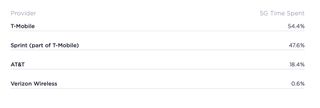
T-Mobile's network may have a wider reach, but it certainly doesn't have faster speeds, as that initial launch was built using sub-6GHz spectrum. But before you give T-Mobile a hard pass on providing the wireless coverage for your iPhone 12, realize that the carrier is now integrating Sprint's midband spectrum into its network. In cities where that's happened — 210 of them at last count — T-Mobile has reported a 7.5x improvement over LTE speeds on average.
In some cities, like New York and Philadelphia, T-Mobile has even incorporated layers of 5G coverage, from sub-6Ghz all the way to mmWave, which should also improve 5G performance on your iPhone. (The coronavirus pandemic has limited our ability to test that, but we imagine going out and about soon to get a read on how much faster T-Mobile has gotten since lockdown began.)
5G is going to impact your battery life
It's no secret that 5G consumes its fair share of power. To this point, phone makers have responded by opting for bigger batteries, which in turn have meant that early 5G devices were pretty bulky. We don't know if Apple has gone that route, too — the company doesn't announce the size of the batteries it uses — but we do know that one of its 5G phones is the 5.4-inch iPhone mini. That device is so compact — it's actually smaller than iPhone SE — we can't imagine there's a lot of room for a power pack in there.
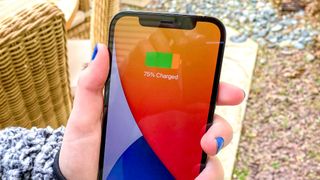
Our iPhone 12 battery tests indicate that 5G does put a hit on your phone's battery. We had both phones surf the web over 5G with their screens set to 150 nits of brightness. The iPhone 12 lasted 8 hours and 25 minutes while the iPhone 12 Pro held out for 9:06. Both times are below average for smartphones.
Switching 5G off and retesting, each phone lasted nearly 2 hours longer — the iPhone 12 turned in a time of 10:23 over LTE while the iPhone 12 Pro lasted an impressive 11:24.
Your performance may vary based on where you live and the strength of the 5G signal around you. But Apple clearly recognizes that 5G can put a hit on battery life. Each iPhone 12 model supports a Smart Data Mode where your phone can sense whether 5G's faster speeds are needed or not. If it's something LTE can handle, your phone connects to that network, with an eye toward stretching out your battery life.
Consumers likely won't feel the impact of 5G for years
I've attended a lot of 5G events over the past two-plus years, and my takeaway about 5G is always the same — this faster network's impact will be felt the strongest in industrial and enterprise uses initially, with the benefits eventually finding their way to consumers. I mean, I'm not going to turn my nose up at a nice boost to download speeds, but 5G is going to more dramatically affect things like factory automation, telemedicine and even self-driving vehicles. That's great for a lot of different businesses, and even the economy as a whole, but it's not going to really make a world of difference for you and me and our respective iPhones.
At least, it won't right away. Think back to the early days of LTE when the apps on our phones still had a distinctly 3G feel to them — good enough to look up short bursts of information, but not something you spent a lot of time using. That changed as LTE speeds improved and became more widespread. Suddenly app makers were creating things that let us stream, upload and pull down info to our hearts' content. Network operators, who had been parsing out data allotments like misers, suddenly saw a reason to offer unlimited LTE data.
I imagine, as 5G becomes more widespread and performance improves, that app makers will find new ways to exploit those faster speeds and lower latency. Maybe it's with game streaming, or maybe it's virtual reality experiences. More than likely, it will both and probably things I'm not capable of imagining. But I wouldn't expect those breakthroughs right away.
Your iPhone 12 is going to be future-proof
Even if the true benefits of 5G won't materialize the second you unbox your iPhone 12, at least your new device has a bright future ahead of it. I think back to the poor Sprint customers who paid big bucks for the first 5G devices last year, only to find out that less than a year later, their devices were obsolete once T-Mobile started re-appropriating Spring's 5G spectrum. (To be fair, T-Mobile gave those customers a way to exchange their 5G phones for ones that actually worked.)
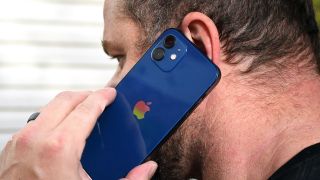
That's not going to happen with any of the iPhone 12 models. Apple says it's run tests with more than 100 carriers in 30 different regions to ensure that its phones are compatible with the 5G networks that are out there. That includes the midband frequencies carriers are using to expand the reach and performance of their networks, so even as 5G evolves, the iPhone 12 shouldn't be left behind.
iPhone 12 5G outlook
There are lots of things to like about the iPhone 12, based on our time with both that model and the iPhone 12 Pro. You get a top-notch processor in the A14 Bionic chip, the cameras are even better than before, and Apple's made its phones more durable. Having 5G connectivity is nice, too, though at this point, it feels more like a bonus than an essential reason to pick up a new iPhone.
Understand that going in, and your experience with the iPhone 12 will be a lot more satisfying, especially as 5G grows to become more essential.
Philip Michaels is a Managing Editor at Tom's Guide. He's been covering personal technology since 1999 and was in the building when Steve Jobs showed off the iPhone for the first time. He's been evaluating smartphones since that first iPhone debuted in 2007, and he's been following phone carriers and smartphone plans since 2015. He has strong opinions about Apple, the Oakland Athletics, old movies and proper butchery techniques. Follow him at @PhilipMichaels.
